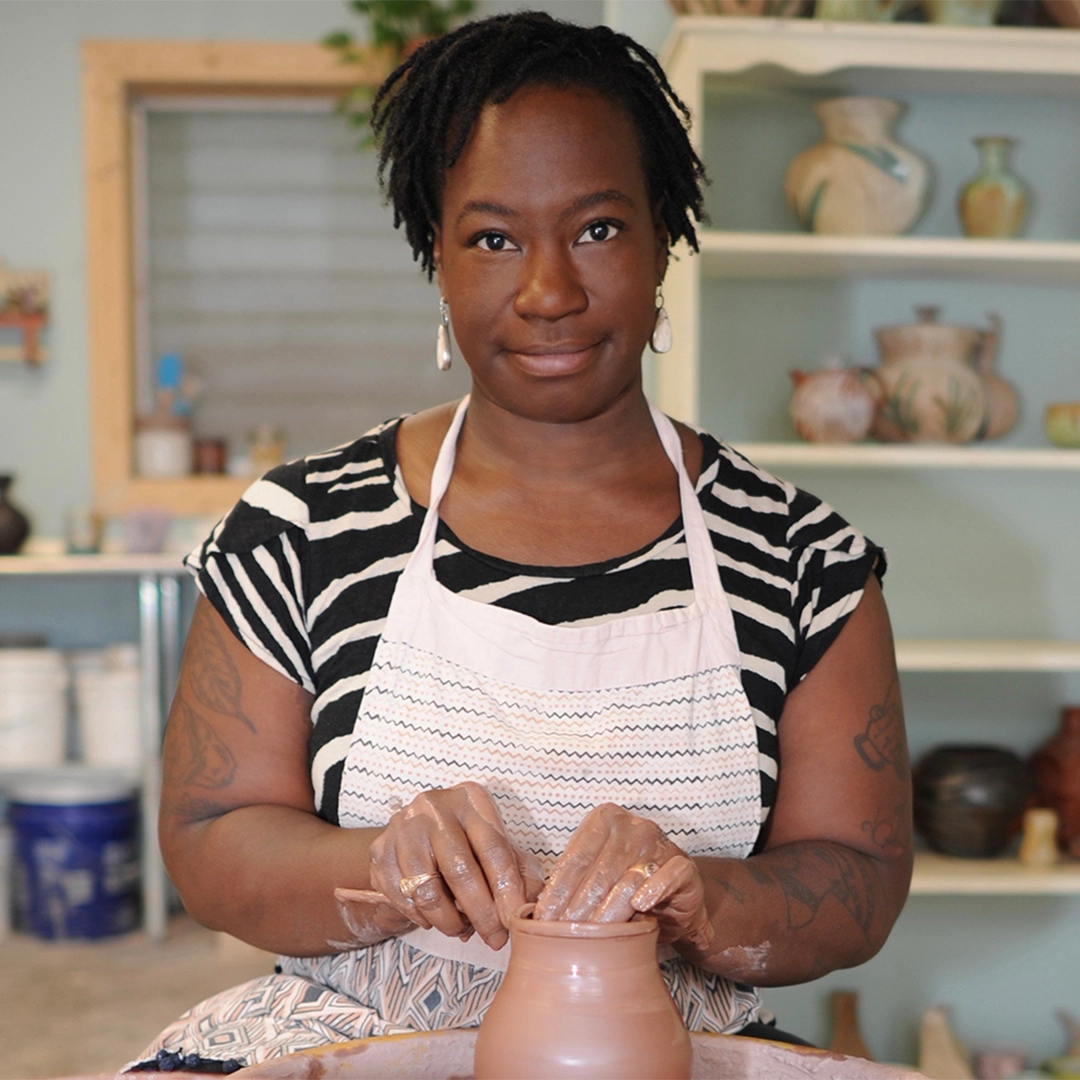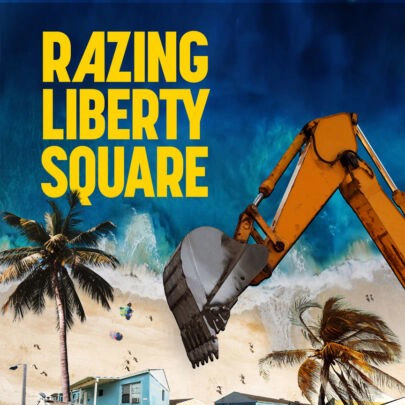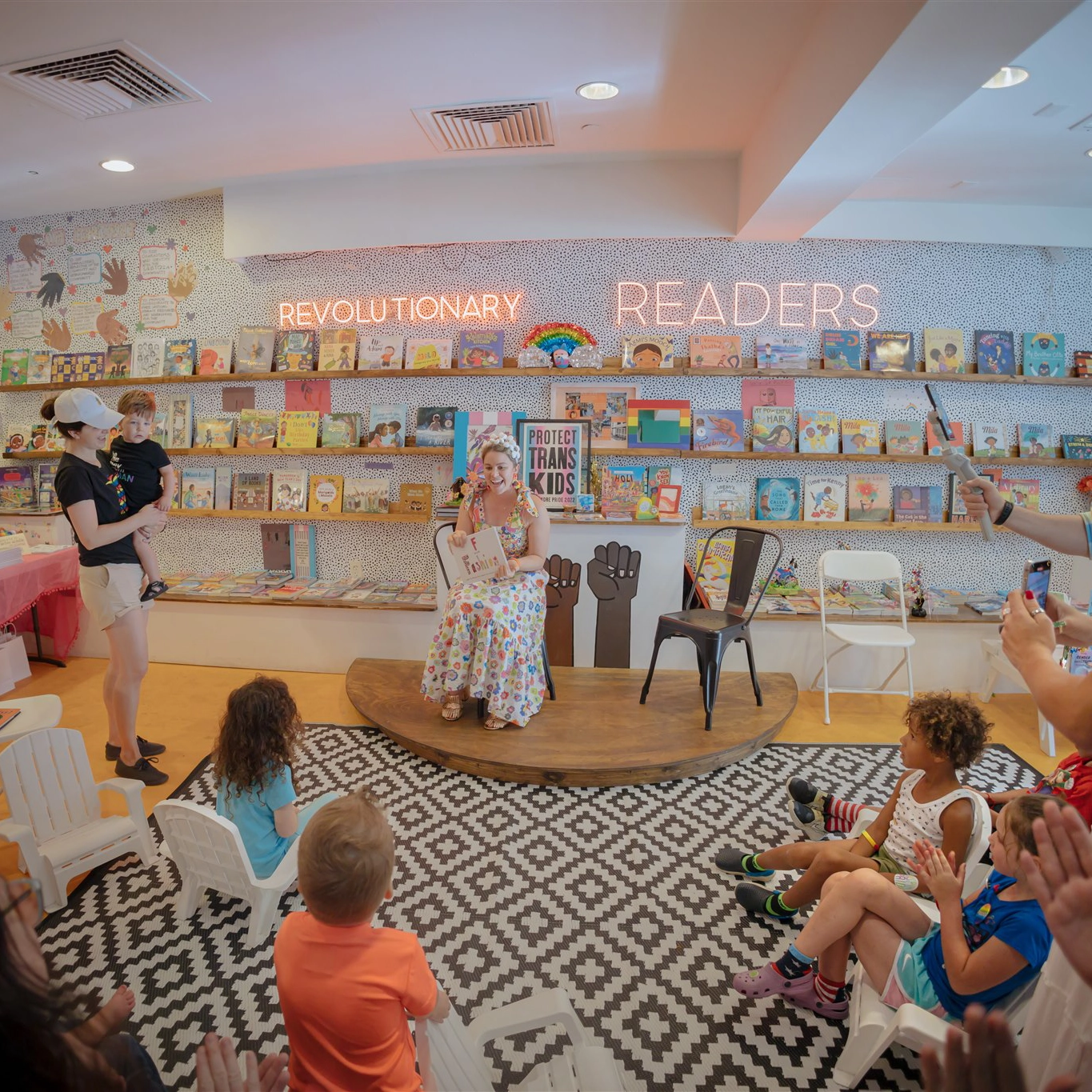Finding Luck With Jacksonville Artist Hiromi Moneyhun
Japan-born paper artist Hiromi Moneyhun finds joy—and success—in cutting outside the lines.

The Japanese have a saying that goes, “The day you decide to do it is your lucky day.” For the Japan-born Hiromi Moneyhun, that lucky day happened 11 years ago. It was an emotional time for Moneyhun. She had left her native Japan after falling in love with Roy, an American whom she met in Kyoto during his tenure as an English teacher abroad. She moved across the world into his childhood home in Jacksonville Beach, where she knew only Roy and his family. When his mother suffered a debilitating stroke in 2010, it was Moneyhun who accepted the role of getting her on the road to recovery. That heavy responsibility plus her growing loneliness took an emotional toll, leaving Moneyhun, 44, in a fragile state.
“I wouldn’t say I was depressed, but I was close,” she says.

During the rare moments she had to herself, Moneyhun turned to a practice that felt true and native to her: kirie, the ancient Japanese art of paper cutting. Developed in the seventh century, kirie involves cutting designs by hand from a sheet of paper to create pictures and dimensionality. It’s a painstakingly intricate and detailed process that rewards those with dexterity, patience and time.
Always one to work with her hands through activities like drawing, knitting and crocheting, Moneyhun picked up an X-Acto knife one day in 2010 and began cutting out shapes from a large sheet of paper. First, it was a portrait of her daughter, Nia, pictured at age 3, because “I wanted to start with someone I love,” as Moneyhun simply puts it. She began teaching herself the art. Her work was so good that it got picked up for a group show at a local gallery. The Jacksonville crowd was blown away. Her complex artwork even caught the eye of Ben Thompson, now the deputy director of the Museum of Contemporary Art in Jacksonville, who has become a friend and colleague.
Now considered one of the nation’s premier kirie artists—exhibiting at various places around the country including New York City’s prestigious Shirley Fiterman Art Center and the Patricia and Phillip Frost Art Museum in Miami—Moneyhun often makes viewers of her pieces do a double- and sometimes triple-take. What appears from a distance like a drawing made with markers or paint is revealed to be a paper-cut masterpiece when viewed closely. The two-dimensional plane somehow becomes multidimensional through her detailed incisions and designs, and images seem to leap out at the viewer.

“Paper-cut art is about fantasy,” Moneyhun says. “Though paper cutting has been around Europe and other countries, what makes kirie very Japanese in nature is that the Japanese characteristics of following the line and having extreme patience are very much seen in this art form.”
But for Moneyhun, it’s defying Japanese tradition that makes her work stand out.
“I want to break that Japanese stereotype by being more free and not following the lines,” Hiromi says about her unconventional imagery and subjects. “There’s a disruption in my pieces, something unexpected.”
Though they’re delicate in structure, there’s a strength in each of her creations, which often showcase fierce female figures. There’s the Ukiyo series featuring modern depictions of the oiran geishas, high-ranking courtesans that Moneyhun felt compelled to celebrate after the crushing 2011 earthquake and tsunami that devastated Japan. Then there’s the Under the Rose series that was inspired by tribal women from all over the globe. And there are the dozens of works celebrating her daughter, Nia, her original muse.
“I never considered myself an outspoken feminist, but I guess every woman to some degree is a feminist,” Moneyhun says.
These days, Moneyhun works on commissioned projects, including an 11-foot-tall surrealist work that will be mounted on a wood panel and then hung on a wall. She keeps her workspace simple, using only a pencil, pen, and eraser to draw out her designs on paper, and then an X-Acto knife with a No. 11 blade for the cuts. She says it’s the simple things in life that keep her happy. And for that, she feels lucky.





